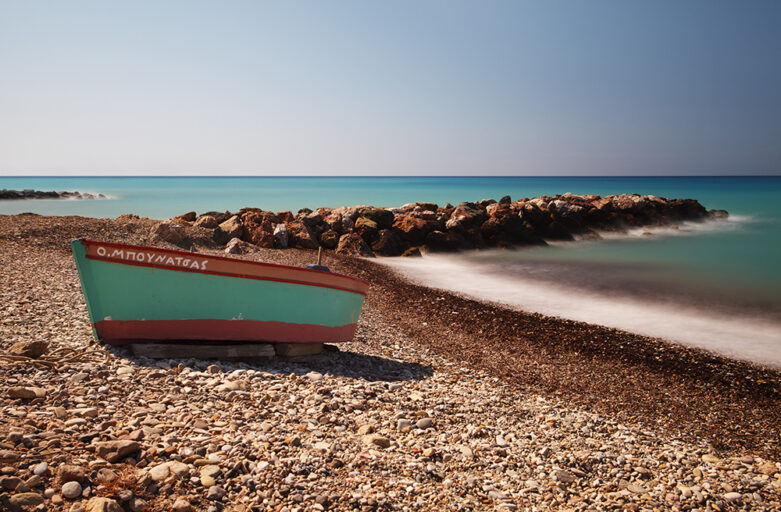Do you recognize the following situation? You take a photo in an environment where there is little light, and all your pictures are either blurry or too dark? The Shutter Speed is an important factor for the qualities of your photos.
Like discussed in previous article, there are 3 basic settings that are essential to a well exposed photo:
- Aperture
- Shutter Speed
- ISO-value
The shutter is the 'door' that is protecting your sensor from being exposed to light all the time. As soon as you make a photo, this door will briefly open and be exposed to light. The sensor captures this light, and that is why you see a photo on the screen of your camera.
The Shutter Speed is often expressed in fractions of a second, or seconds. For example:
- 1/4000 second
- 1/200 second
- 2' seconds
- 30' seconds
The Shutter Speed has influence on the sharpness and exposure of your photo.
Exposure
In every situation, you can change the basic settings of your camera to make sure you have a well-exposed photo. Suppose you have to deal with poor light conditions, like photographing indoors:
- You can increase the size of your aperture (a lower f-value), which helps in that more light is able to reach your sensor.
- You can increase the ISO-value of your camera, so your sensor is sensitive to light. The downside of this is that a higher ISO-value also means that you're photos are more prone to noise, which can be detrimental to the quality of the photo.
- You can use a slower Shutter Speed, so your sensor is exposed to light for a longer period.
Sharpness
When photographing hand-held and your Shutter Speed is relatively long, the odds that you will get an unsharp image increases. A rule of thumb that you can apply to make sure that you have a photo that is as sharp as possible:
- Suppose you have a lens that photographs at 50mm. In that situation you don't want your shutter speed to be longer tan 1/50th of a second.
- Suppose you have a lens that photographs at 200mm. In that situation you don't want your shutter speed to be longer tan 1/200th of a second.
This is an easy rule to remember. The denominator of your Shutter Speed should at most be the same as the focal length (millimeters) of your lens. Offcourse, this does not apply when you take photos from a tripod.
When do you want to adjust your Shutter Speed?
- When for example, you want to freeze the action in your photo, like photographing sports. In that case, a fast Shutter Speed is required.
- Photographing children. They move rapidly, so a fast Shutter Speed is no luxury there.
- When you want to capture motion in your photo. You can capture the motion in water for example if you slow down the Shutter Speed and take the photo from a tripod.

This photo is made with a Shutter Speed of 20 seconds, from a tripod. If you want to have long Shutter Speeds during the day, you will need additional gear, because the sun is too bright in most cases. When taking this photo, i used a filter on my lens that blocks light. That way, you can take photos with long exposures, even during the day.
How do you adjust the Shutter Speed of your photo? By adjusting the setting wheel of your camera to the 'TV' mode (Shutter Speed Priority). This way you can adjust your Shutter Speed without adjusting other settings like the Aperture or ISO-value.
The assigment i have for you this week: Go out to photograph, and do this in the TV mode. See what it does to your photos, and how adjusting the Shutter Speed influences your Aperture value.

